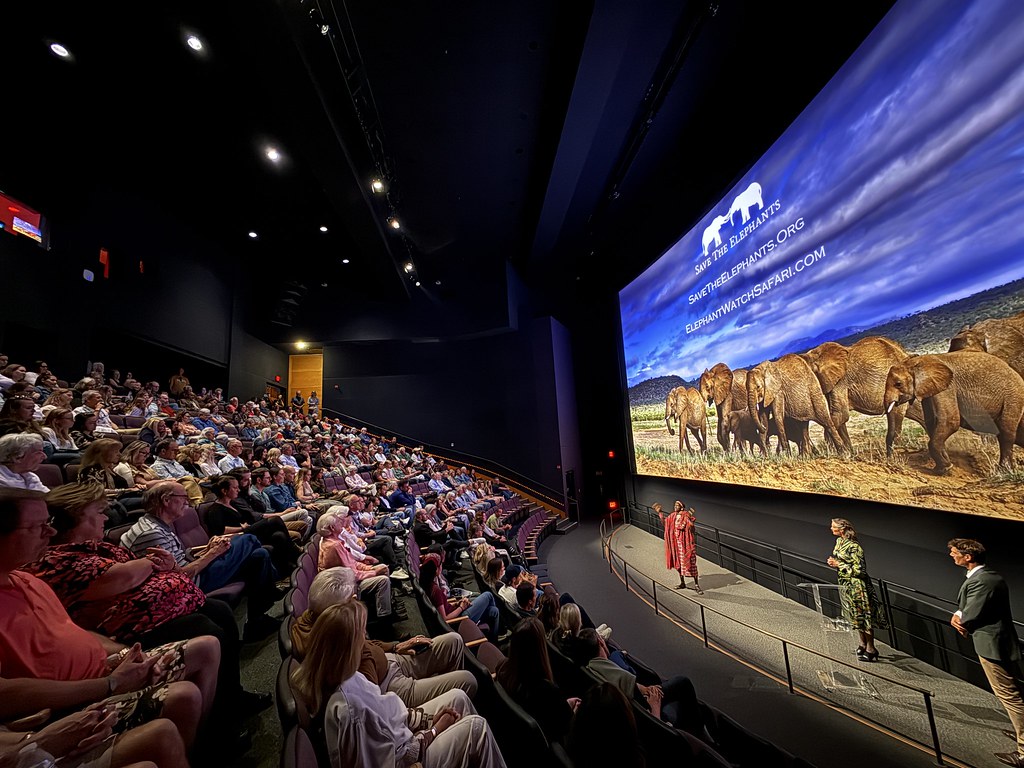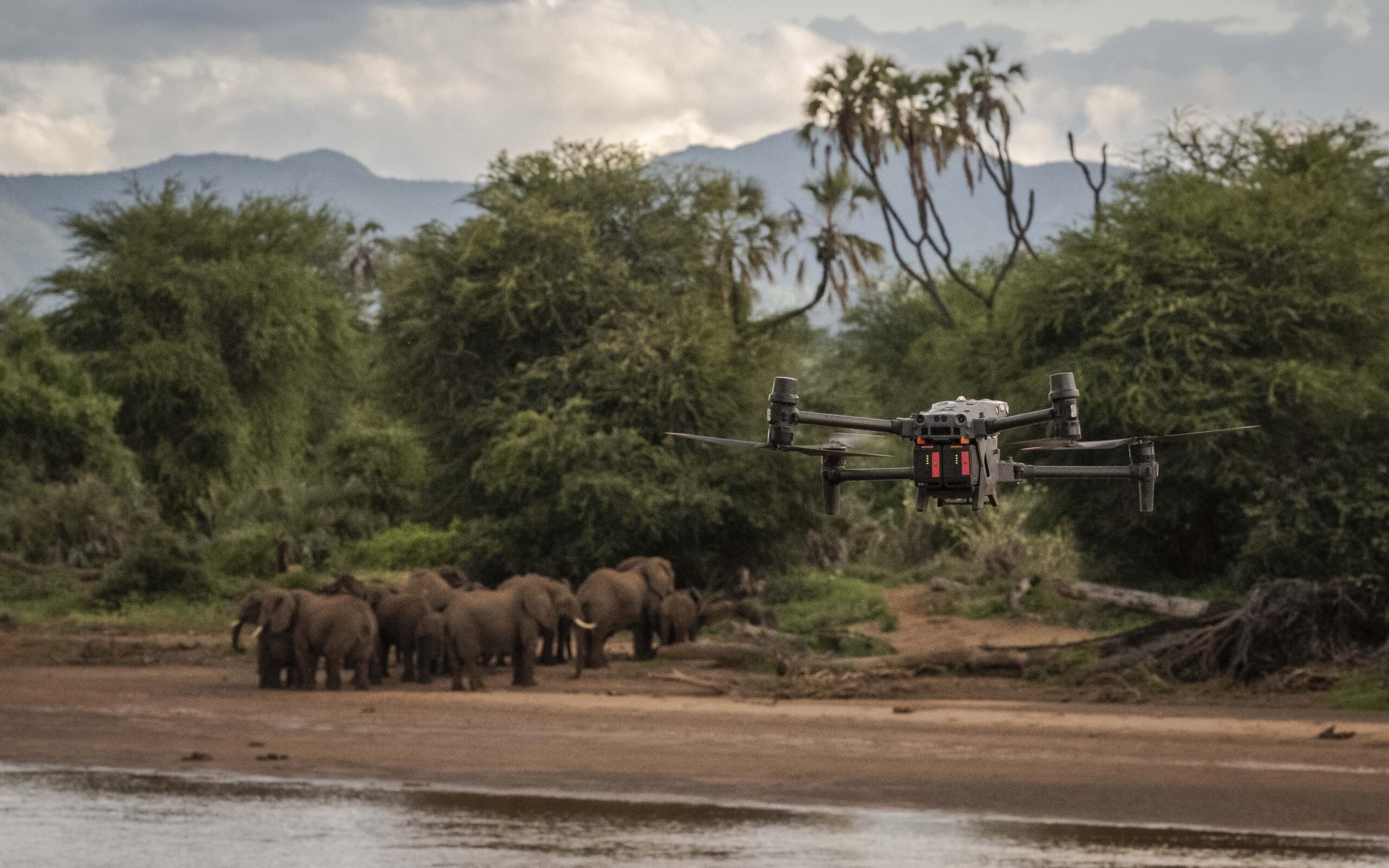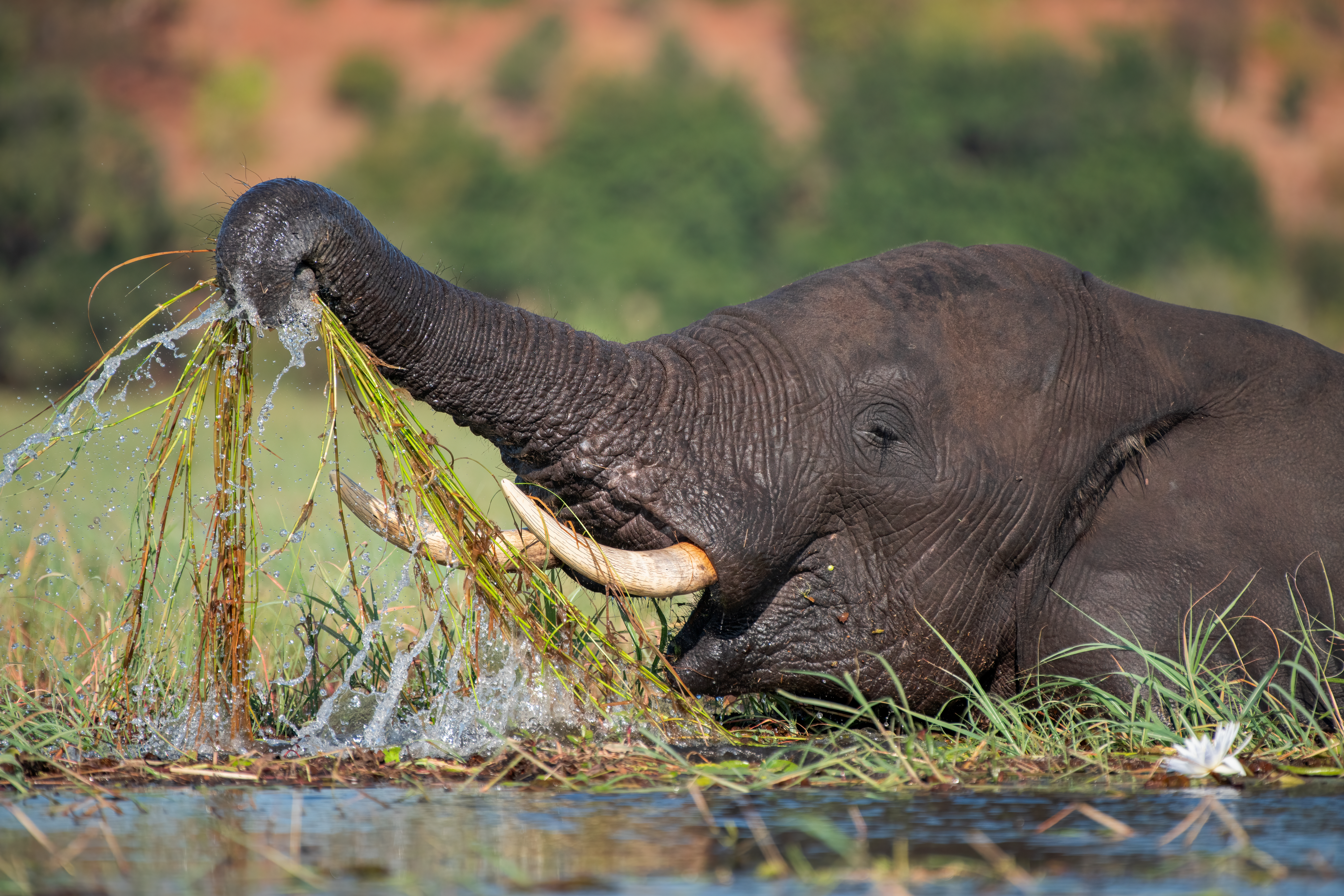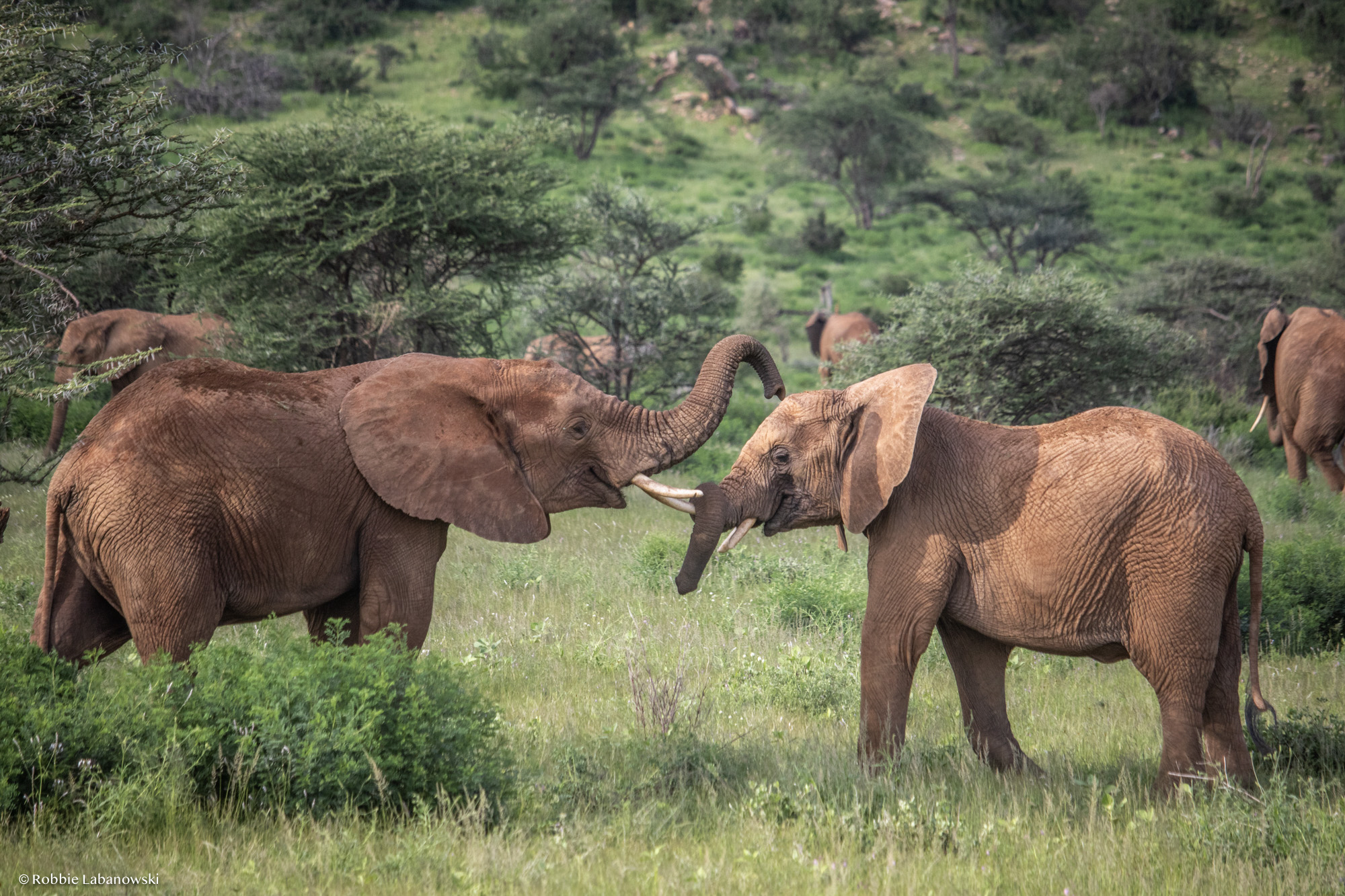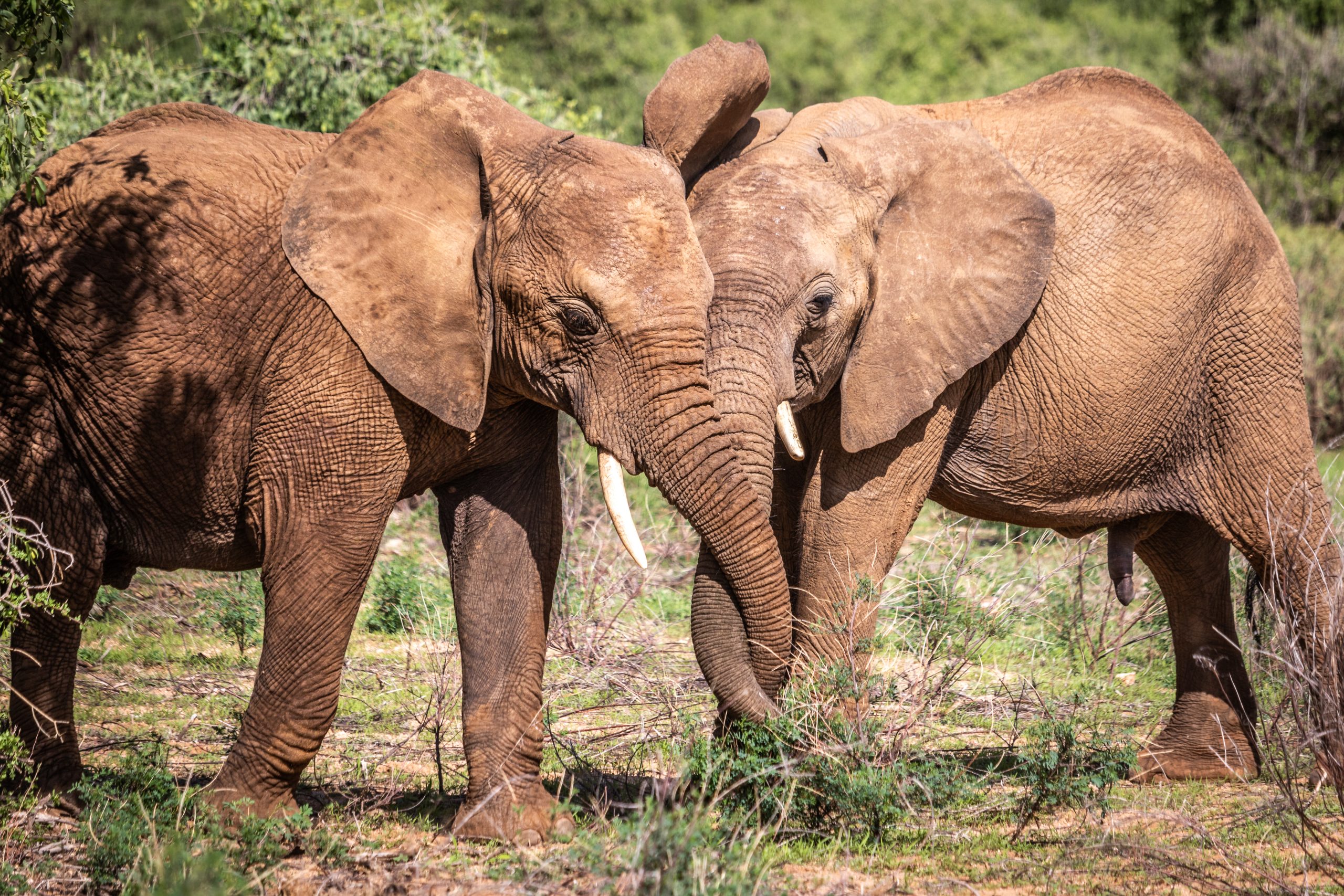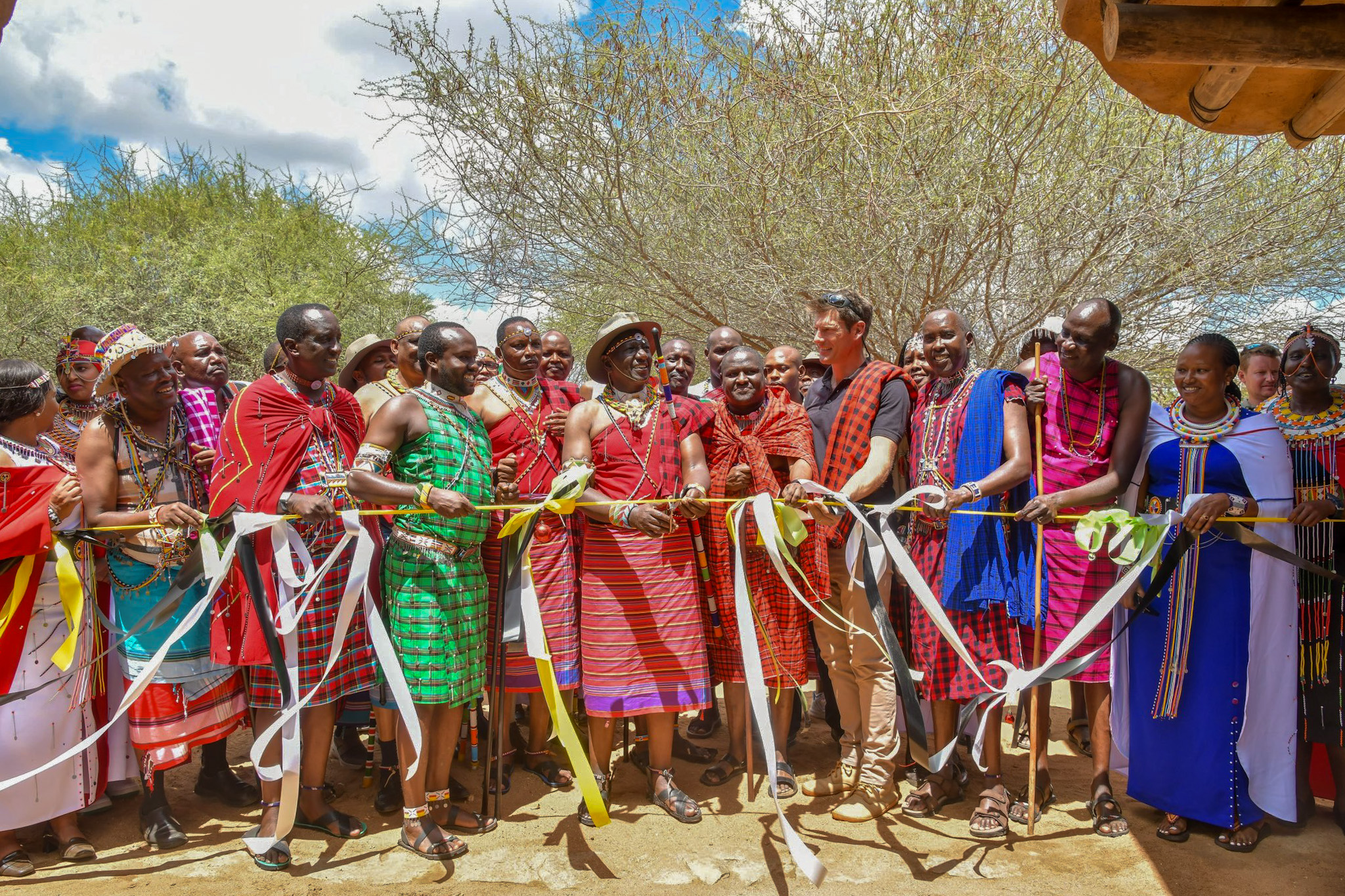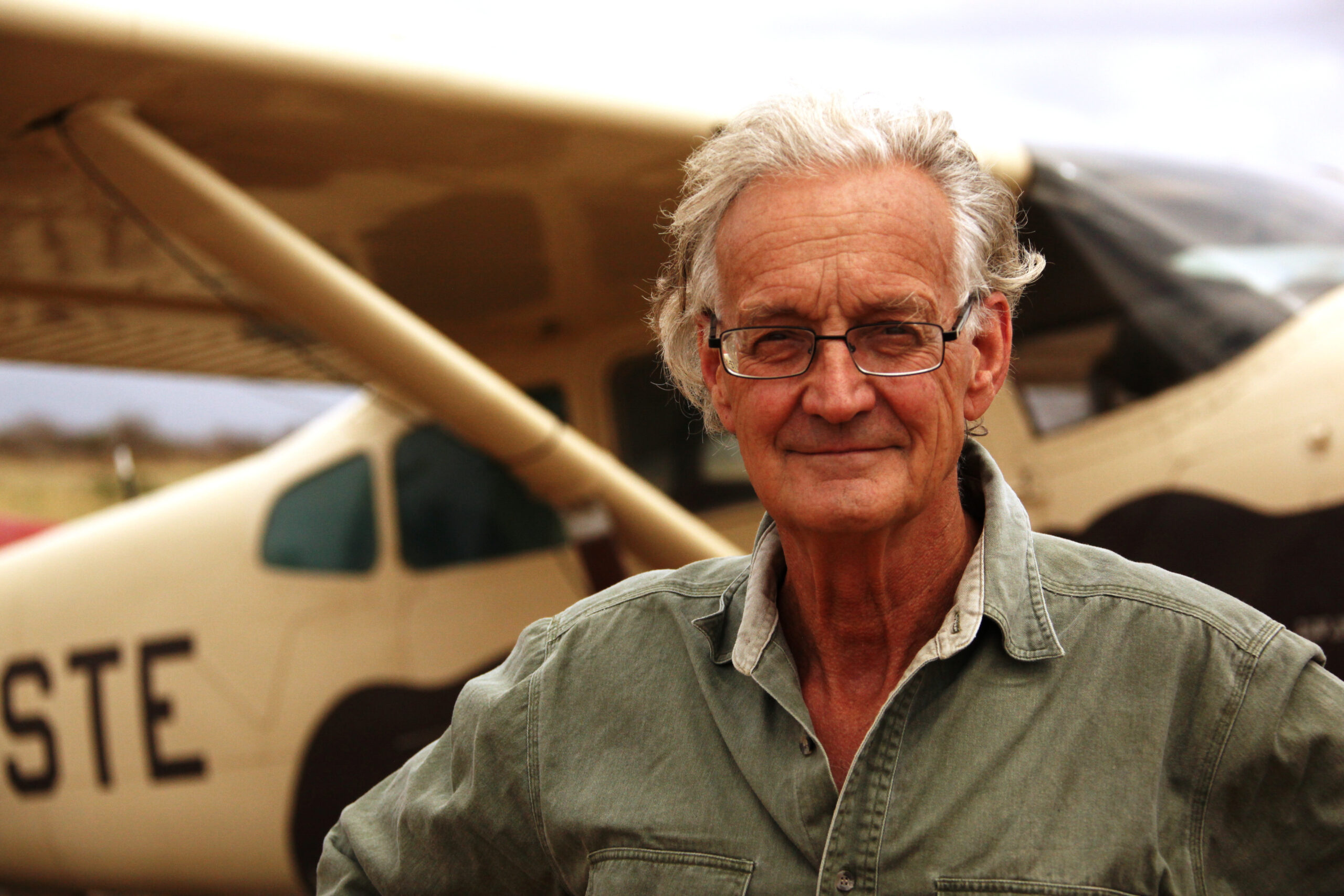
The Trumpet - April 2025
Today we celebrate a prestigious award for Iain, meet a heroic wildlife vet team working round the clock in northern Kenya, and learn how our Elephant Crisis Fund (ECF) is stepping in to help wildlife partners affected by the US funding freeze.



